| Winter Wonders in Your Restoration Yes! We have quickly entered the heart of winter and are enjoying all its tundra-like wonders. Back are warnings of polar vortexes, dangerous wind chills, and icy roads to navigate. Just like most Minnesotans, we at Natural Shore embrace the season and focus on fun activities like skiing, sledding, and ice fishing. Another activity we look forward to with the snow is walking through our restorations and observing the subtle and interesting ways wildlife use natural areas to survive our winters. Here are a few of our recent winter observations. 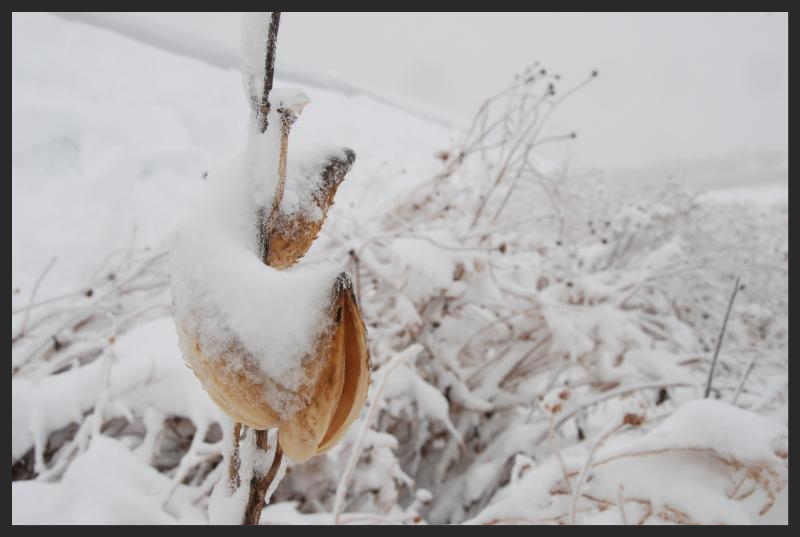
What are those tracks? 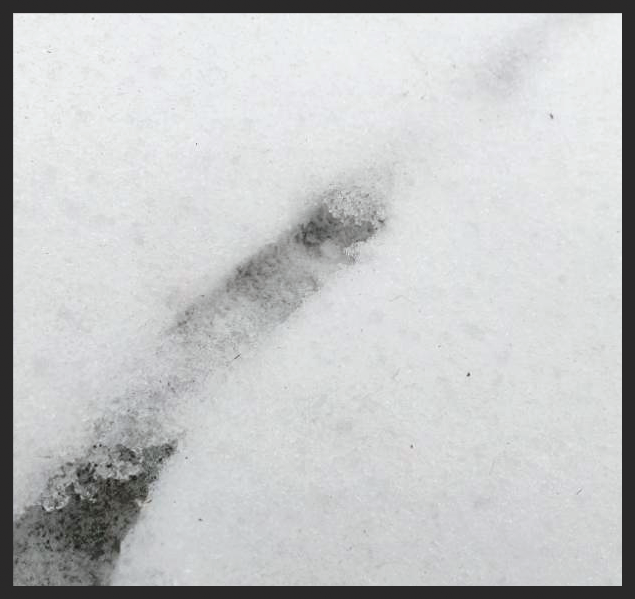 Many small mammals walk in and above the snow, often leaving an interesting matrix of tracks in prairie and shoreland buffer areas. This year, we have noticed many elaborate field mice tunnels crisscrossing back and forth 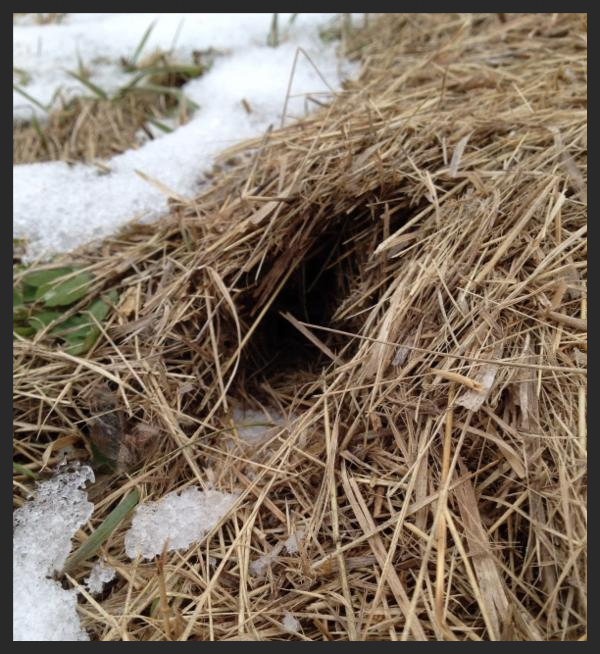 throughout the landscape. Burrowing under the snow allows the mice to escape predators like owls and hawks. During periods of warm weather, these protected snow tunnels melt; leaving these little guys exposed when they are moving around. It is likely that hawks and other avian predators take advantage of this and feed more successfully during these periods of thaw. throughout the landscape. Burrowing under the snow allows the mice to escape predators like owls and hawks. During periods of warm weather, these protected snow tunnels melt; leaving these little guys exposed when they are moving around. It is likely that hawks and other avian predators take advantage of this and feed more successfully during these periods of thaw.
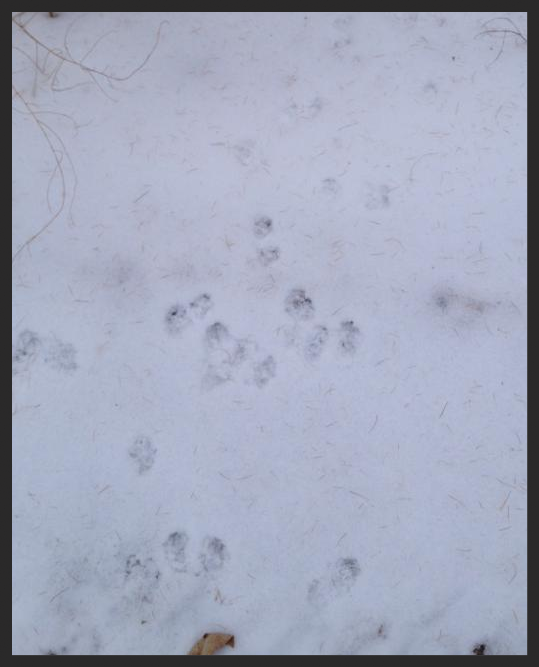 Tracks of other busy creatures can be seen in our restorations, showing how playful animals can be even during cold temperatures. The tracks lay out a scene where multiple rabbits or fat squirrels run back and forth, hopping all over the snow. Tracks of other busy creatures can be seen in our restorations, showing how playful animals can be even during cold temperatures. The tracks lay out a scene where multiple rabbits or fat squirrels run back and forth, hopping all over the snow. That bird is still here?  We have also noticed a lot of feathered friends flitting in and out of upland buffer areas, landing on taller plants like big bluestem, prairie blazing star, and grey-headed coneflower. Birds actively search for the variety of seeds  our native plants provide all winter long. Cardinals, Chick-a-dees, Blue jays, and many other songbirds are winter residents, and can often be seen landing on Bergamot, Pale Purple Coneflower, Black Eyed Susan, and other long lasting winter seed producers. Other interesting observations?  Certain species of animals are pretty stealthy and difficult to spot. Sometimes it's worth looking for the little "presents" that animals leave behind. Scat is a great indicator of the activities our winter wildlife residents are up to. Many times you can identify an animal by their scat. So if you have evidence of an unknown visitor to your restoration, identifying scat can be very useful in breaking the case! Certain species of animals are pretty stealthy and difficult to spot. Sometimes it's worth looking for the little "presents" that animals leave behind. Scat is a great indicator of the activities our winter wildlife residents are up to. Many times you can identify an animal by their scat. So if you have evidence of an unknown visitor to your restoration, identifying scat can be very useful in breaking the case!
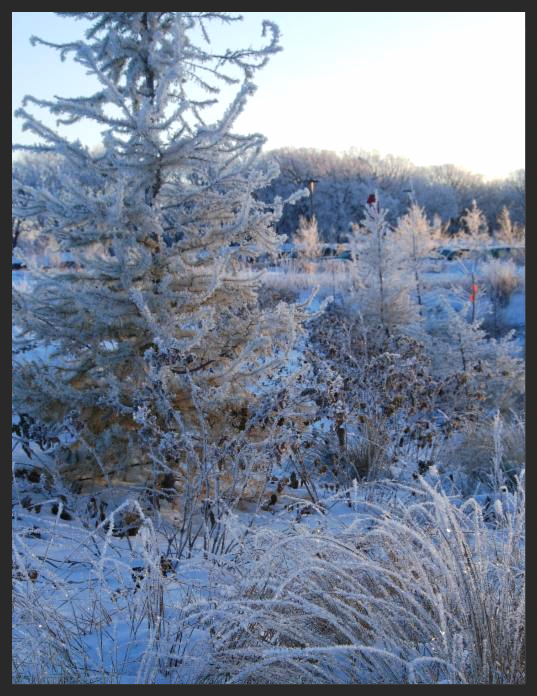 We also love waking up to hoar frost, the build-up of ice crystals on a hard surface like a tree or native plant branch. The frost creates a picturesque landscape straight out of a classic holiday card. What winter wonders have you noticed in your restoration? Share your observations on our facebook page! |